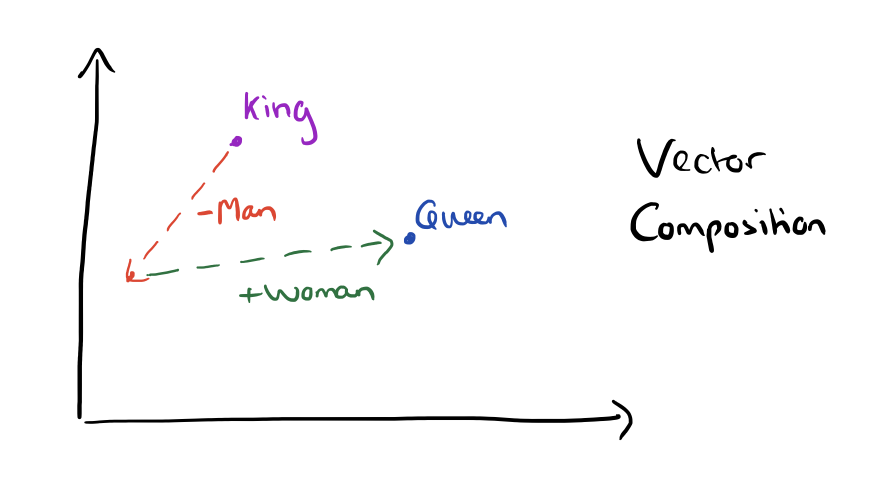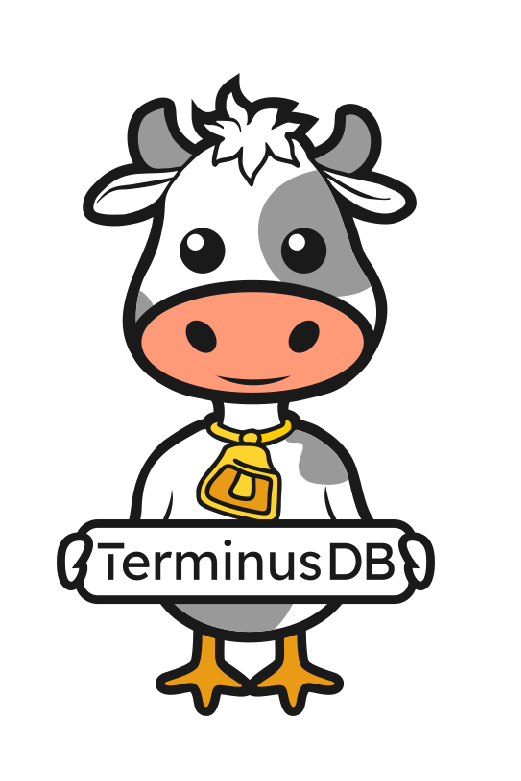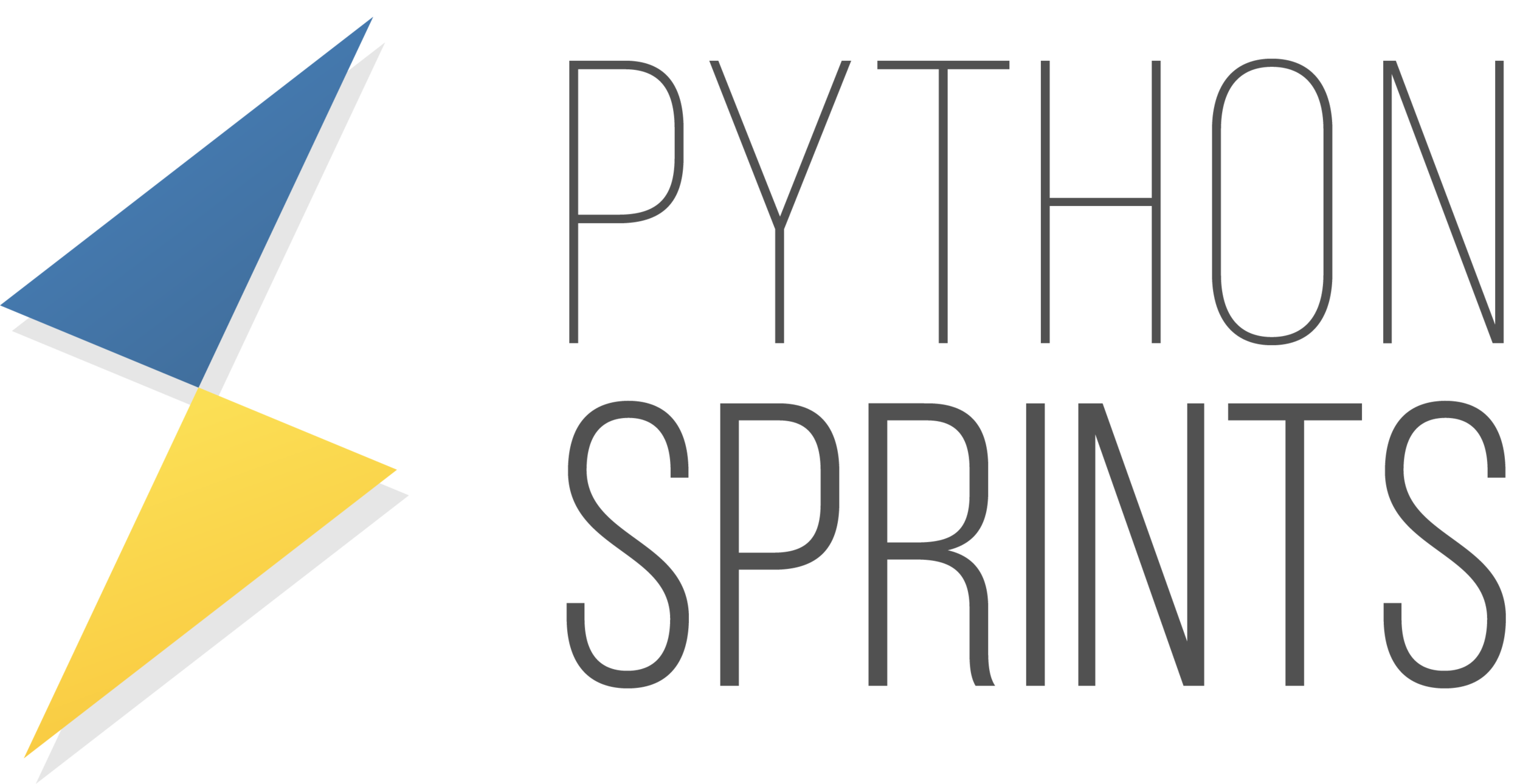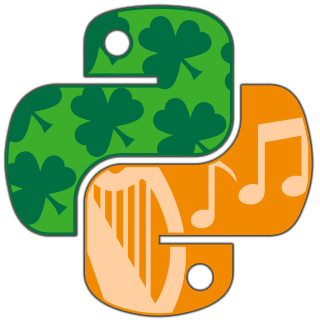Why chatbots are so bad?
Demystifying Natural Language Processing Used in Chatbots
Grab the slides: slides.com/cheukting_ho/why-chatbots-are-so-bad

How do a chatbot understands you?
Intents
Entities
Chatbots catagories user message (utterance) in intents to guess what action it should take to handle that message
Information that a chatbot extract form your message
For example
message: "Hi I am Cheuk"
Intent: "Greeting"
Enterty: {"Name": "Cheuk"}message: "Book a flight to Hong Kong on 8th Dec 2020"
Intent: "Flight booking"
Enterty: {"Destination": "Hong Kong", "Date": T20201208}Popular NLP models used in NLU
Understanding Intents
catogorizing sentances
➡️ vectoring words and sentances
➡️ finding similarities in vector spaces
Extracting Entities
Named entity recognition (NER):
- hand writen rule
- Statical model + supervised ML
- Unsupervised ML
- Semi-supervised ML
- Words or phrases from the vocabulary are represented as a vector in a vector space.
- In this vector space, words have similar meanings are close to each other and calculations like
“king” – “man” + ”woman” = “queen”
is valid. - models are used to help find the mapping to this vector space.
- Preserve the context of the word.


Vectorizing (Word Embedding)
Bag-of-word (n-gram):
number of occurances
disregarding grammar and even word order
Word2Vec:
pre-trained two-layer neural networks
large coprus and high dimension
GloVe:
unsupervised learning algorithm
aggregated global word-word co-occurrence statistics
Supervised learning approaches
- Patterns with Part of Speach tags
- (e.g. NLTK and SpaCy)
- SpaCy create a Knowledge Base with Entity Links
- Large corpus of taged data are used in training for machine learning models
- Examples: Hidden Markov Models (HMMs), decision trees, support vector machines (SVMs), and conditional random fields (CRFs)
Unsupervised learning approaches
- based on the context or on entities’ simultaneous occurrences (co-occurrence)
- not very accurate
Semi-supervised learning approaches
- small starter supervised set of seeds/rules is used
- fewer documents for training decreases the tagging time
- for example, the algrithm in this paper: https://www.aclweb.org/anthology/W09-2208.pdf
- ELMo and BERT
Machine Learning in NLP
Conditional random field
statisical model - discriminative undirected probabilistic graphical model
Linear Chain CRF - overcome label bias, great performance on sequence data

Machine Learning in NLP
Canonical correlation analysis (CCA)
investigate the relationship between two variable sets
examine the correlation of variables belonging to different sets
Machine Learning in NLP
Recurent Neural Networks (RNNs)
sequencial data
feed the output of the prvious prediction as inputs
(Bi-directionsl) GRU, LSTM
ELMo and BERT
Long Short-term-memory

- Recurrent Neural Network – the previous training data affects the next training data
- Useful for sequential data
- Have “gates” to control what previous contents to keep
ELMo
- context matters
- bi-directional LSTM trained on a specific task to be able to create those embeddings
- vast amounts of text data that such a model can learn from without needing labels

BERT
- adopting a “masked language model” concept
- fine-tuning BERT for feature extraction and NER

- Understand meaning of each word (Morphology & Lexicology Layer)
- Understanding the sentence structure (Syntax Layer)
- Understand the meaning of the sentence (Semantics Layer)
- Understand the meaning of the sentence in context (Pragmatics Layer)
To Conclude
Have you even jump in the middle of a conversation?
Conversation is difficult to understand
Context are hidden
Infer meanings
Users are unpredictable
Design choice to make things better
Design with intent in mind:
Do the user have a limited intent choices?
Guiding and hinting the users, fallback mechnisms
Collect user data and retrain
References
http://www.cs.columbia.edu/~smaskey/CS6998/
https://link.springer.com/article/10.1186/s40887-017-0012-y
https://towardsdatascience.com/named-entity-recognition-with-nltk-and-spacy-8c4a7d88e7da
https://biomedical-engineering-online.biomedcentral.com/articles/10.1186/s12938-018-0573-6
https://medium.com/@phylypo/nlp-text-segmentation-using-conditional-random-fields-e8ff1d2b6060
https://www.aclweb.org/anthology/K18-1020.pdf
http://jalammar.github.io/illustrated-bert/
https://people.cs.umass.edu/~mccallum/papers/crf-tutorial.pdf










